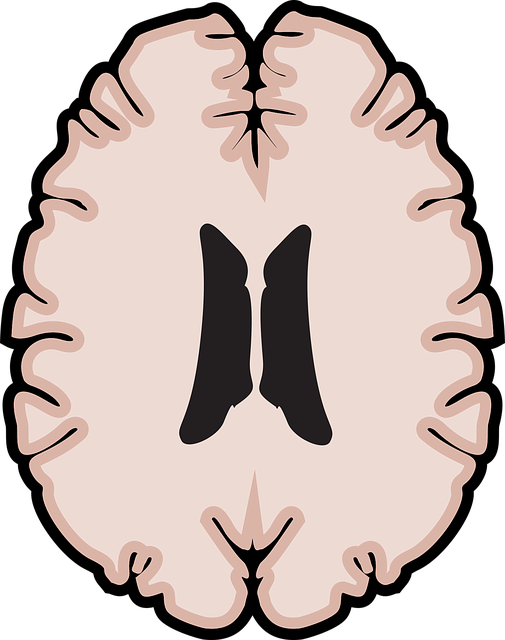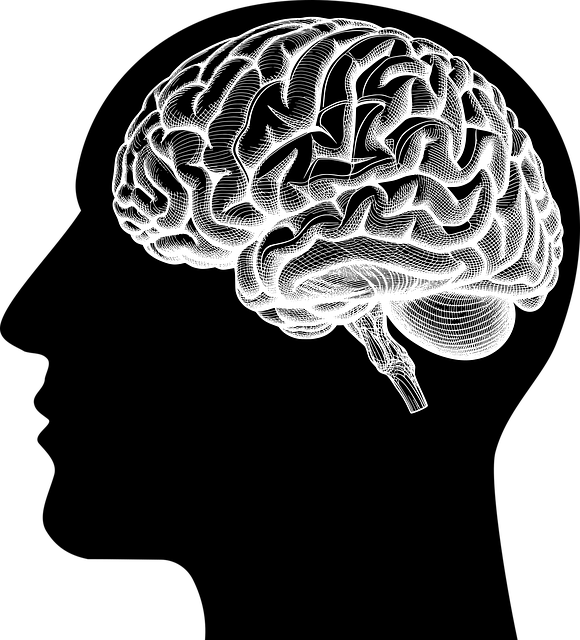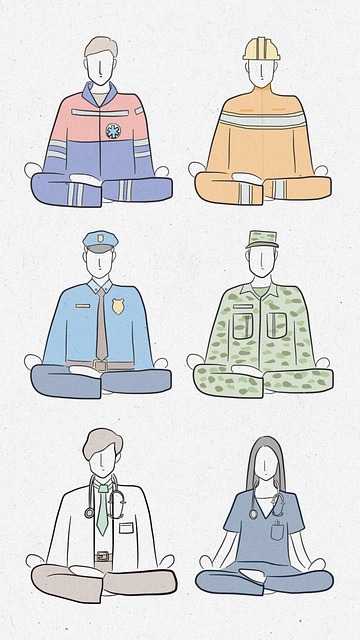Longmont Adolescent and Teen Therapy offers supportive group facilitation creating a safe space for teens to connect, fostering belonging and reducing isolation. Facilitators guide participants through dynamic interactions towards self-discovery, emotional regulation, and improved communication skills. Integrated Mental Health Education Programs promote public awareness about teen mental health issues. Through active listening, storytelling, and peer support, facilitators empower teens with tools to navigate their emotions and relationships, building resilience and fostering overall mental wellness.
In today’s fast-paced world, mental wellness is paramount, especially for adolescents grappling with unique challenges. Longmont Adolescent and Teen Therapy offers innovative solutions through group facilitation techniques that foster healing and growth. This article delves into the art of group facilitation, exploring strategies to create safe spaces where teens feel supported, encouraging open communication, active participation, and peer-to-peer support. By understanding these techniques, we can enhance therapeutic outcomes for young individuals in Longmont and beyond.
- Understanding the Role of Group Facilitation in Adolescent Therapy
- Creating a Safe and Supportive Environment for Teens
- Effective Communication Strategies for Group Sessions
- Encouraging Active Participation and Peer Support
Understanding the Role of Group Facilitation in Adolescent Therapy

Group facilitation plays a pivotal role in adolescent therapy, especially in Longmont Adolescent and Teen Therapy settings. It provides a supportive environment where teenagers can connect with peers facing similar challenges, fostering a sense of belonging and reducing feelings of isolation. Through dynamic group interactions, facilitators guide participants towards self-discovery, emotional regulation, and enhanced communication skills. This collaborative approach not only accelerates the healing process but also empowers adolescents to develop resilience and build positive relationships.
Furthermore, well-designed Mental Health Education Programs can be seamlessly integrated into these groups, promoting public awareness campaigns development that target common mental health issues among teens. By combining therapeutic techniques with educational initiatives, facilitators contribute to a holistic understanding of mental wellness, encouraging open conversations around sensitive topics like self-esteem improvement and stress management. This comprehensive strategy ensures that adolescents leave the therapy group equipped with valuable tools for navigating their emotional journeys.
Creating a Safe and Supportive Environment for Teens

Creating a safe and supportive environment is paramount when facilitating mental wellness groups for teens, especially in settings like Longmont Adolescent and Teen Therapy. It serves as the foundation for fostering trust and encouraging open communication. Facilitators should aim to build a space where each teenager feels valued and understood, allowing them to express their thoughts and emotions freely without fear of judgment.
This involves establishing clear boundaries and rules from the outset, ensuring all group members understand and agree upon them. Incorporating activities that promote team building, empathy, and understanding can help create a sense of belonging. Techniques such as active listening, validation of feelings, and teaching conflict resolution skills (including those for emotional healing processes) empower teens to navigate their emotions and relationships more effectively. By fostering resilience-building strategies, facilitators enable adolescents to cope with challenges and setbacks, ultimately promoting their overall mental wellness.
Effective Communication Strategies for Group Sessions

In group therapy sessions at Longmont Adolescent and Teen Therapy, facilitators play a pivotal role in fostering open communication. Effective communication strategies are essential to create a safe and supportive environment where every participant feels heard and respected. One powerful technique is active listening, where facilitators give their full attention to each speaker, paraphrasing and summarizing to ensure understanding and demonstrate empathy. This not only validates the individual’s feelings but also encourages them to express more deeply.
Additionally, non-verbal cues like body language and facial expressions can significantly enhance communication. Facilitators should be mindful of their own gestures and postures, ensuring they convey openness and acceptance. Encouraging participants to share personal experiences through storytelling is another valuable Empathy Building Strategy, fostering a sense of connection and community. By integrating these approaches, mental health practitioners at Longmont Adolescent and Teen Therapy contribute to the development of Inner Strength in teens, while also advocating for Mental Health Policy Analysis and Advocacy through collective understanding and support.
Encouraging Active Participation and Peer Support

Encouraging active participation and peer support are vital components of effective mental wellness group facilitation. At Longmont Adolescent and Teen Therapy, we emphasize interactive strategies that foster open dialogue and create a safe space for young individuals to share their experiences. By integrating Mind Over Matter principles, our facilitators guide sessions that promote emotional expression, skill-building, and meaningful connections among peers. This collaborative approach not only enhances understanding but also strengthens the support network each participant brings.
Peer-led discussions and collaborative problem-solving are powerful tools in trauma support services. These techniques empower adolescents to learn from one another’s experiences, develop coping strategies, and foster a sense of belonging. Through active participation, young people can practice mood management skills in real-time, gaining confidence in their ability to navigate challenges. This supportive environment encourages resilience, self-acceptance, and the development of lifelong coping mechanisms.
Group facilitation plays a pivotal role in enhancing mental wellness among adolescents, as evidenced by the success of Longmont Adolescent and Teen Therapy programs. By fostering a safe, supportive environment and employing techniques that encourage active participation, therapists can create a powerful symphony of peer support. Effective communication strategies ensure every voice is heard, promoting an inclusive atmosphere where teens feel empowered to navigate their mental health journeys together. These methods, when implemented skillfully, can profoundly impact positive outcomes for young individuals seeking therapy in Longmont or any similar setting.









